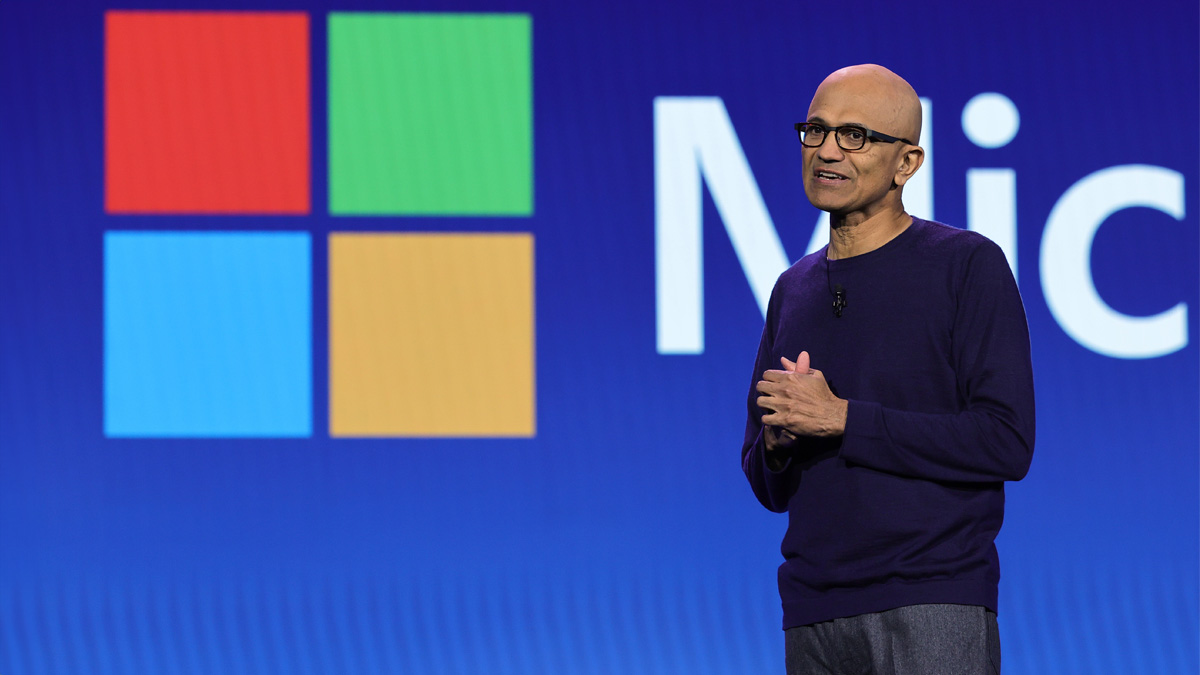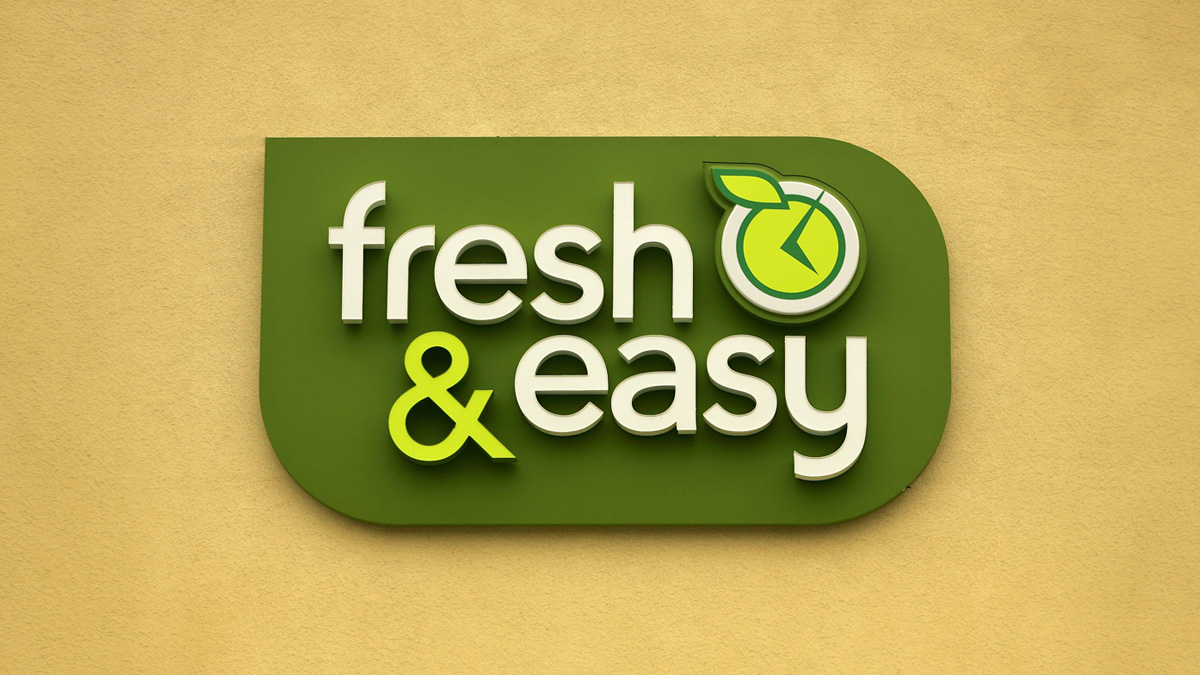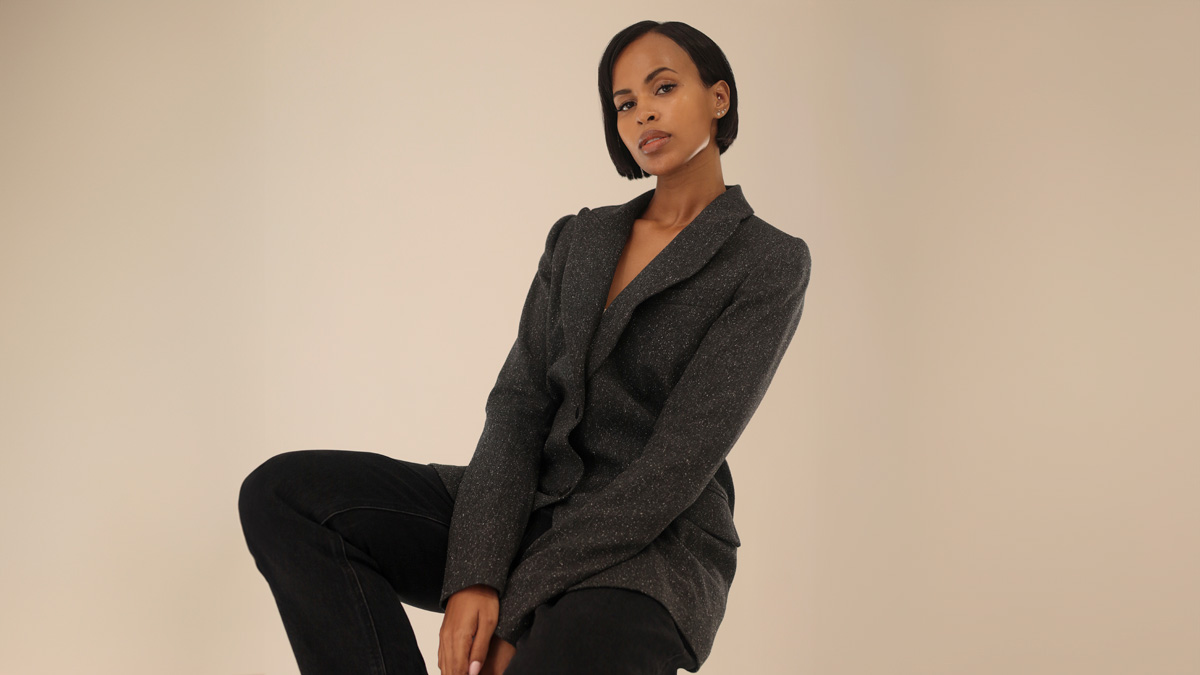How to set strategy in an uncertain world
PureGym CEO Humphrey Cobbold offers advice on working on a strategy focused on influencing what you can control and being ready to react to what you can't

The legendary quantum physicist Niels Bohr once said: “It is difficult to make predictions, especially about the future.” This sage perspective echoed in my ears as I sat down with the PureGym management team recently to discuss how we should evolve our strategic plan and set course for the years ahead.
As one of my team wryly pointed out as we talked: “Over the past few years we have been closed by a pandemic and navigated the business fallout from the war in Europe, including 100 per cent energy price increases. What possible hope have we got of setting a strategy we can stick to over the next five years?”
There is no doubt that when I started in the world of strategy as a McKinsey consultant we – and our clients – were looking for overwhelmingly deterministic strategies and specific, concrete recommendations. The first strategy work I did was for a large regional newspaper operator in the UK in the late 1980s.
Local newspapers offered real-time local news with multiple editions per day. That was the environment within which we formulated a plan for circulation and advertising revenue maximisation, especially for classified advertising as regional newspapers used to make pretty much all their profits from local ads for jobs, property and cars.
Move on 15 years and ironically (and completely by chance) I found myself as strategy director of the largest regional newspaper publisher in the UK, the Trinity Mirror Group (now Reach plc), publishing more than 250 titles across the country. How times had changed!
The internet was taking off, and newspapers and regional newspapers were increasingly irrelevant in terms of live news flow. Classified advertising revenues were literally disappearing in front of our eyes; Auto Trader, Rightmove and hundreds of job boards saw to that.
And as if that was not enough, a little business called Google was doing about £100m of revenue in the UK. That was small compared to us at the time, but Google was about to change the world; its UK revenue today is around £2.7bn – more than the entire regional newspaper industry.
It was clear at that time that our strategy was going to be as much about damage limitation as grand moves. We knew that we would have to reduce costs and adapt to the rapidly changing world – never easy when you have a lot of old media assets in a new media world. We weren’t very successful but there is hardly a newspaper that did make a successful transition to the new world.
Fast forward another couple of decades and now my colleagues and I sit round the table at PureGym contemplating where we go next. The past few years have brought existential challenges, as my colleague so rightly observed. We have largely navigated our way through that and what came after (thank you Vladimir Putin and Liz Truss). But the future still looks far from predictable: geopolitical turbulence, local regime change, macro-economic weaknesses and, as if that were not enough, a huge wave of AI-inspired innovation that makes us feel like the internet revolution is about to happen all over again.
So what do we do in 2024 given all the forward-looking uncertainty? Our starting point in formulating PureGym’s plans has been to screen out the noise of uncertainty and anchor ourselves to the solid ground we can see ahead of us. In essence we focus on the art of the probable.
We are pretty sure that the internet and AI are not going to create a new way in which people can be active, lift weights and stretch while sitting at a keyboard or on the sofa. And we are pretty sure that the long-run trend of people wanting to take better care of their physical and mental wellbeing through activity will continue.
This underlying demand is our solid ground and is important because we are typically signing 10- to 15-year leases, so we need to be confident in the durability of demand. This approach to strategising is much the same as it always has been.
But – and this is where things are now different – we need to be able to adapt as well. For example, people value convenience more than ever and aren’t as willing to travel to facilities as they used to be. That means we have been working on redesigning our model so that we can operate in smaller locations.
We used to focus on 15,000sq ft and 4,500-plus members per site. Now we are learning how to operate profitably in 6,000sq ft with 2,000 or fewer members per site. This means we can open two to three times as many locations and be much closer to where people live and work. It sounds easy, but we have to redesign almost every aspect of the build-out of a site and the operating model for it to work.
Plus, we know that things – equipment, staff – are only going to get more expensive, so to maintain our model we need to bear down on costs and use technology and our scale to become more productive over time. Doing more for less is a key focus for us.
Another big change we have had to adapt to is that finance has become a lot more expensive and will, we believe, remain so. The days of 1 per cent base rates are gone. That matters for us, given we are a capital-intensive business. Each site costs around £1.2m to open and our financial capacity is not unlimited.
That means we are actively looking at using other people’s capital through joint ventures and franchising to help us grow. This is already live in the Middle East, but we are looking at sharing growth across our business with new partners.
In conclusion, it is a tough world out there for strategists. Setting strategy under uncertainty is and always has been a multifaceted challenge that demands both the best of normal, deterministic strategic thinking and a willingness to be ready to adapt. At PureGym we have adopted a balanced approach of rolling out new sites, while investing in maintaining and evolving our existing estate.
We don’t yet think that AI can lift weights for people, but there is no doubt that AI will change cost structures and tasks for our members and colleagues alike, so we need to be making appropriate investments to understand and learn in these areas. As for the global and macroeconomic picture, good luck predicting that. We tend to keep our heads down and focus on influencing the things we can control to a degree, while being ready to react to the big-picture changes we cannot.
Humphrey Cobbold is the chief executive of PureGym



